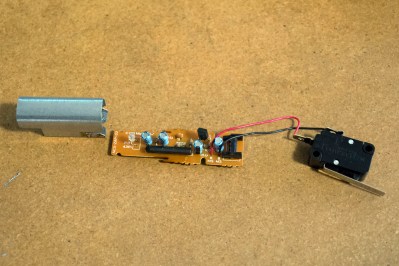Bringing old things back to life holds a great sense of joy for most people. The never ending pursuit of recapturing our youth leads us down roads we’ve long forgotten. Along the way, we tend to bump into forgotten memories which jostle other forgotten memories which allows us to relive happy times we haven’t thought of in years, sometimes even decades. For some, the roar of a 351 small block sweeps them back to high school and the fast nights of cruising down main street with the FM radio cranked up as high as it would go. For those of us who were born in the 80’s and 90’s, video games can bring back such memories. Who among us can forget our first encounter with Link, the elegant theme music of Final Fantasy or up-up-down-down-left-right-left-right-b-a-select-start?
Advances in processor technology has allowed us to relive our favorite games via emulators – programs that emulate processors of older computers. The games are ‘dumped’ from the ROM chips (where they are stored) into files. These game files can then be loaded into the emulator program, which allows you to play the game as if you were playing it on the original system.

Technology is truly a beautiful thing. It allows us to move forward, allows us to do today that which was not possible yesterday. There are a few cases, however, where this paradigm does not hold true. One of these has to do with the Nintendo Entertainment System and its “Zapper” gun controller. The NES was the most popular game console of its time, and rightfully so. From the minds of Nintendo engineers, programmers and audio experts came some of the best video games ever made. Unfortunately, some of these great games cannot be played on your Raspberry Pi favorite emulator due to the incompatibility of the Zapper gun and modern digital monitors. None of us can forget the fun that Duckhunt brought. The game came as standard issue with all NES systems, so we’ve all played it. But its nostalgia is currently entombed by a technological quirk that has yet to be solved.
From one hacker to another – this can no longer be tolerated. First, we’re going to learn how the Zapper works and why it doesn’t work with digital displays. Then we’re going to fix it.














